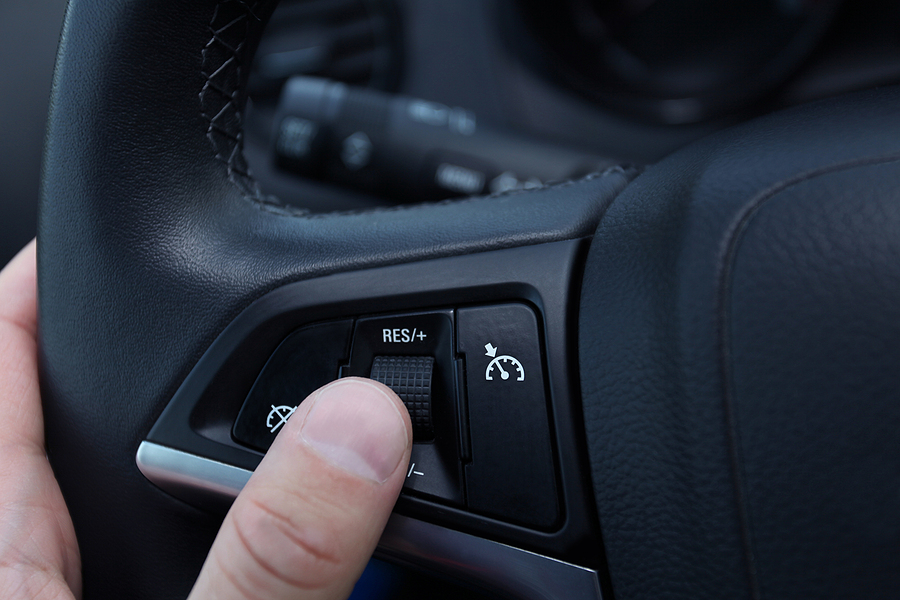When it comes to convenience features in modern vehicles, cruise control tops the list for many drivers. This system, which allows you to maintain a set speed without having to keep your foot on the gas, can be a real game-changer for long road trips or daily commutes on the highway. However, like any other automotive technology, cruise control systems are not immune to issues. Drivers often find themselves grappling with malfunctions that can quickly turn a smooth ride into a stressful one.
Understanding the common problems with cruise control and how to address them is crucial for vehicle owners who value the reliability of their driving experience. This guide will help you steer clear of cruise control woes, ensuring that your journeys remain as untroubled as possible. Whether you’re a car enthusiast who loves to DIY or a general commuter seeking to improve your car knowledge, the insights shared here will be invaluable.

Unpacking the Most Common Cruise Control Woes
“Set it and forget it” is the mantra of cruise control systems, but sometimes, they just refuse to play along. Here’s a look at what can go wrong.
Inactive Cruise Control Lights
You set your desired speed and expect the green light to signal that cruise control is working, but instead, you’re met with a blank dashboard. An inactive cruise control light is one of the most confounding issues drivers face. The simplest cause could be a blown fuse, a trivial fix. However, it might also indicate deeper electrical faults or a malfunctioning switch.
Unreliable Speed Holding
A more insidious problem arises when the system can’t maintain the selected speed, leading to fluctuations and the dreaded speed-up, slow-down cycle. Mechanical issues such as throttle cables or vacuum leaks could be at fault here.
Sudden Disengagement
Just as you settle into your highway stint, the cruise control disengages unexpectedly, forcing you to regain control. This can be caused by sensor glitches or dangerous situations like steep inclines or hard turns.
Analyzing the Causes and Seeking Solutions
Understanding the root cause of your cruise control problem is the first step toward finding a solution.
DIY Troubleshooting
Do a simple check of the fuses. Replace any blown ones with new ones of the same rating. Inspect the cruise control switch on the steering wheel — is it sticky or unresponsive? A good cleaning or, if necessary, replacement could be in order.
To diagnose speed-holding issues, look for cracks or leaks in the vacuum lines connected to the control system. These can be patched up with little cost and effort, restoring smooth operation.
When to Call in the Pros
For more complex issues like sensor or module malfunctions, it’s usually best to consult a professional. They’ll have the diagnostic tools and expertise to pinpoint and rectify the problem. Investing in a good repair manual tailored to your vehicle’s model can also guide you or your mechanic through the process.
The True Value of Regular Vehicle Maintenance
Prevention is often preferable to cure, and the case of cruise control systems is no different. Routine maintenance not only keeps your car in excellent running condition but also helps to avoid frustrating breakdowns in the systems you rely on every day.
The Role of System Checks
When was the last time you had your vehicle’s systems thoroughly checked? Staying on top of regular maintenance ensures that potential problems are spotted early and rectified before they escalate. A systematic approach to maintenance, involving checks of all electronic and mechanical systems, can prevent the majority of cruise control issues.
DIY Maintenance Tips
There are several simple steps you can take to keep your cruise control functioning well. Periodically checking the vacuum lines for wear and tear, keeping the electrical components clean and dry, and ensuring that your vehicle’s computer systems are up to date with the latest software can go a long way.
Wrapping Up
Your car’s cruise control system, like any other aspect of your vehicle, requires attention and care to function properly. By understanding the common issues that can arise, troubleshooting them effectively, and investing in regular maintenance, you’re taking control of a smoother, more enjoyable driving experience.
It’s important to remember that improper functioning of any system in your vehicle can be a symptom of larger problems. Don’t ignore the signs, and don’t hesitate to seek professional guidance. Your local automotive repair shop is a wealth of knowledge that’s just a visit or call away.
If cruise control issues are currently casting a shadow over your drives, it’s time to regain that sense of seamless control. Contact Northeast Auto Service at 317-475-1846 and book a maintenance service and take the first steps toward a more assured and effortless automotive experience.
Related Posts:
Navigating Car Sensor Issues: Tips and Tricks
How to Diagnose and Solve Common Auto Electrical Problems
10 Common Reasons Your Check Engine Light is On
